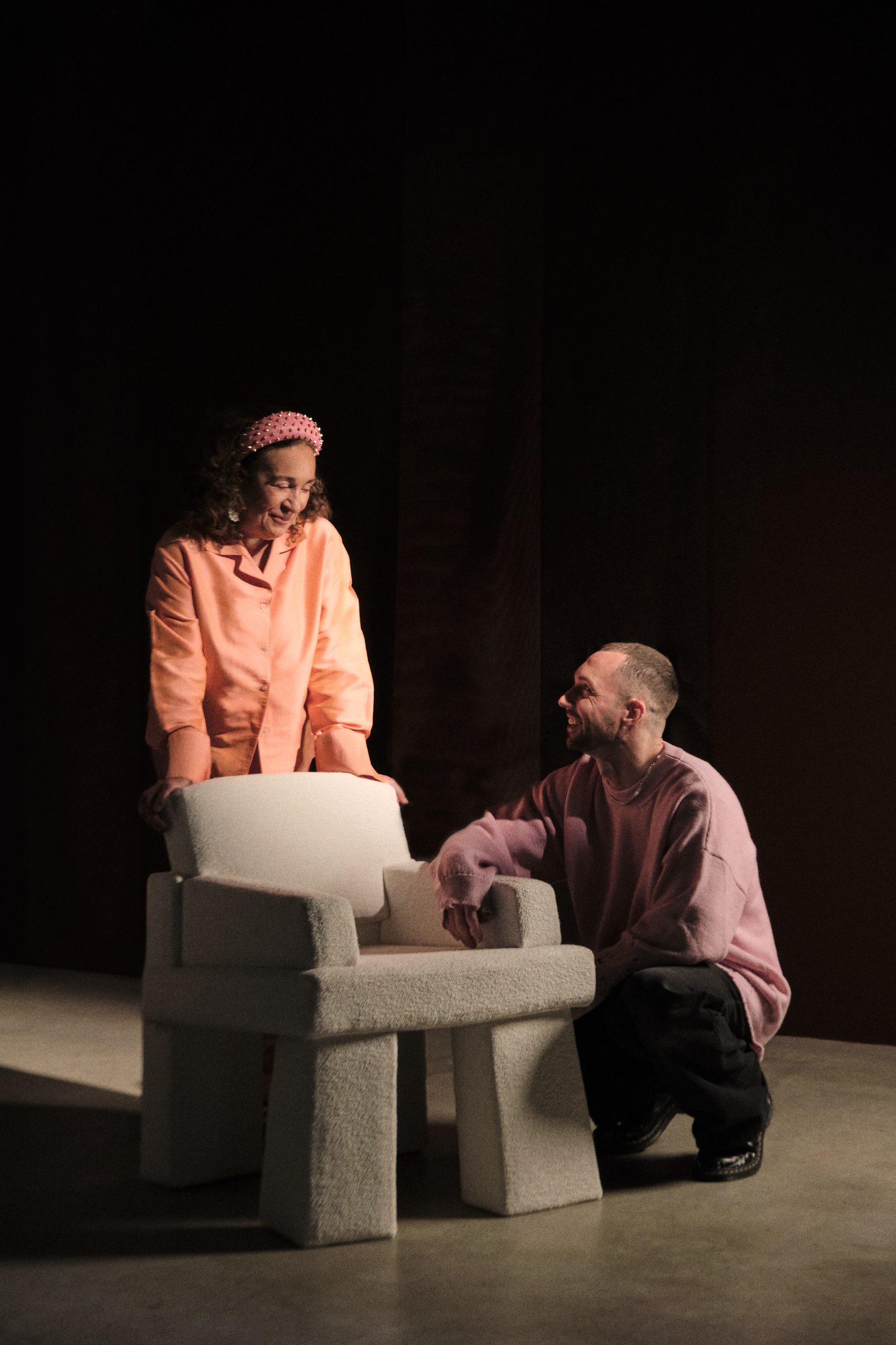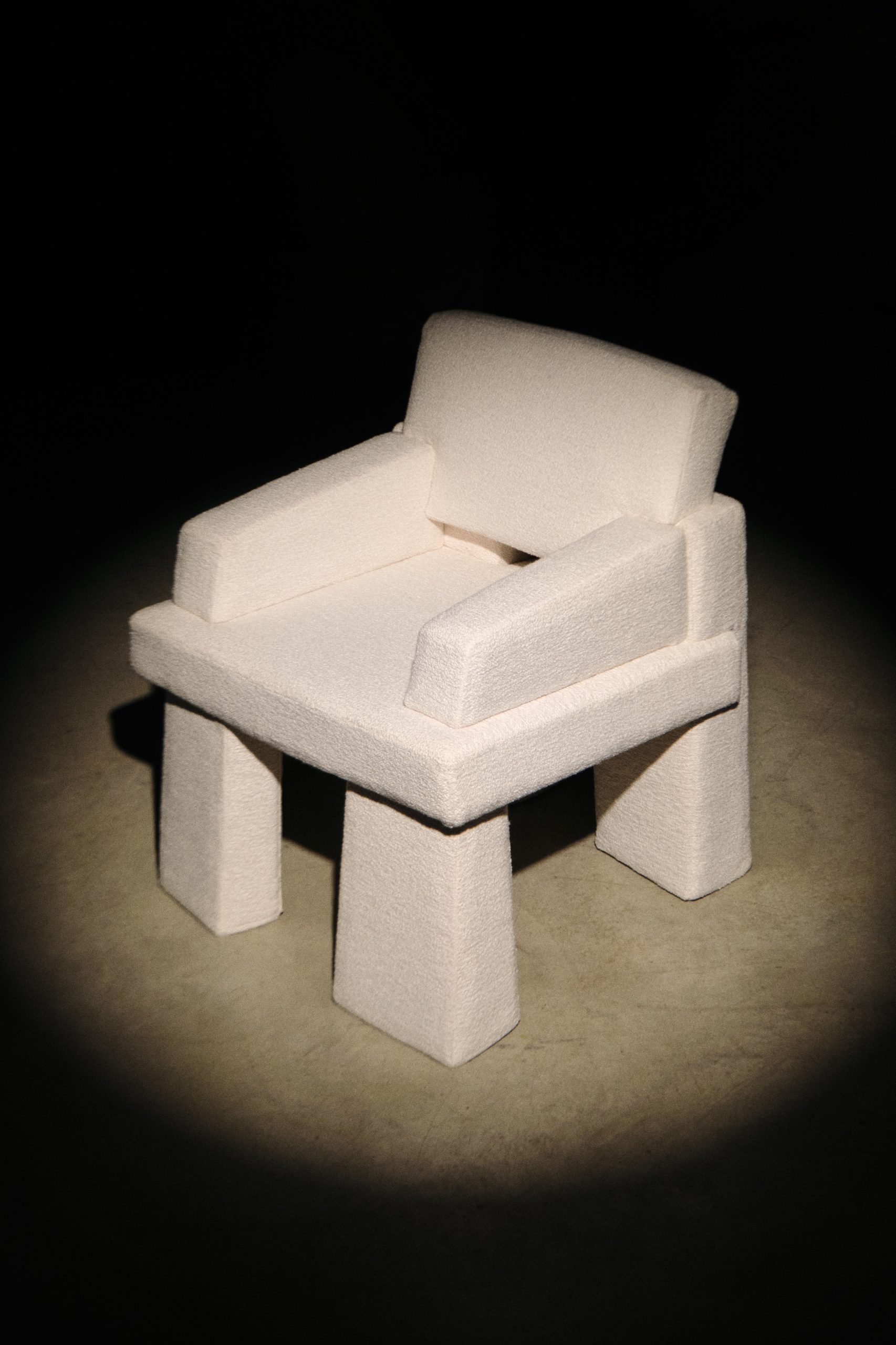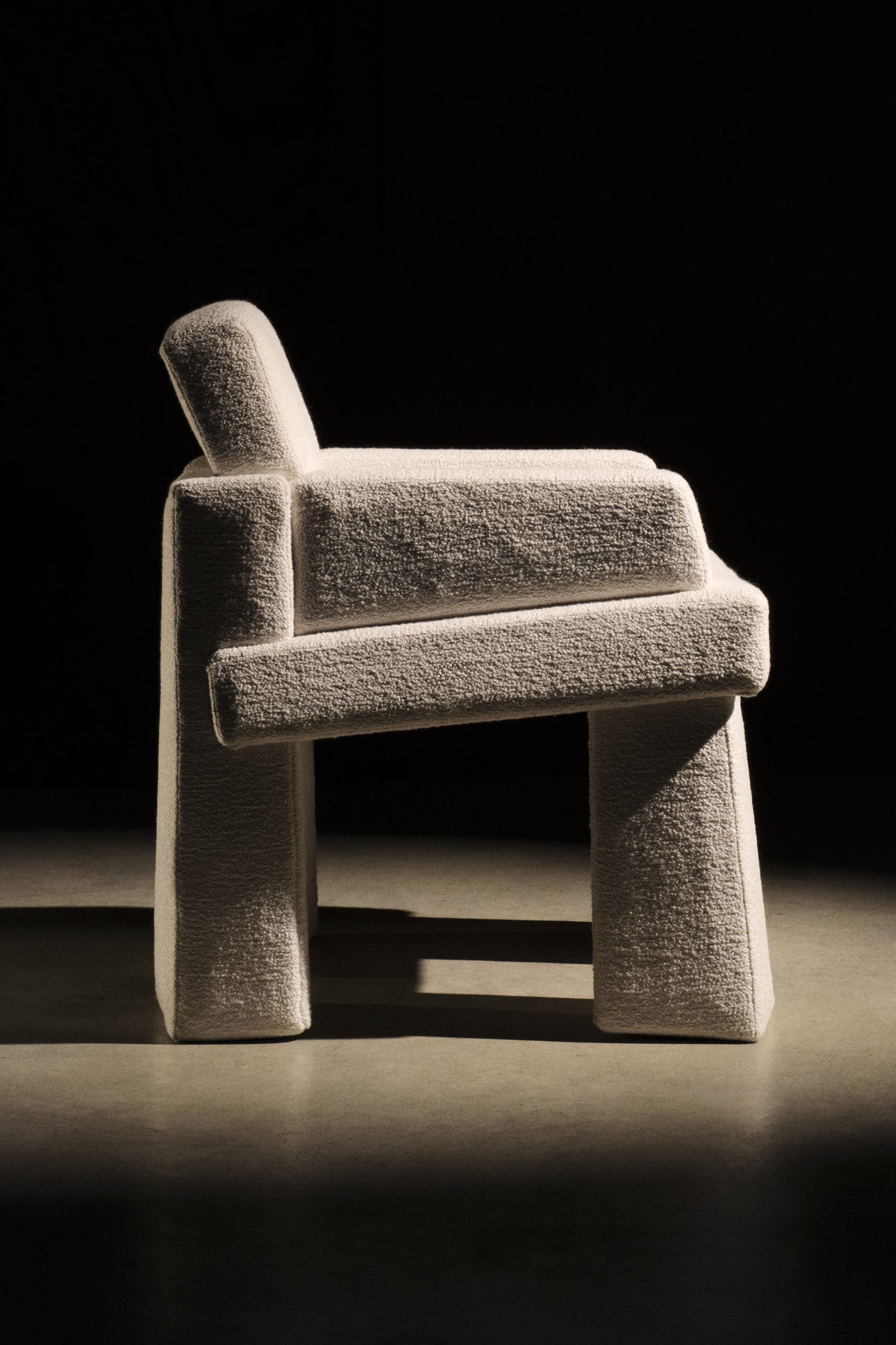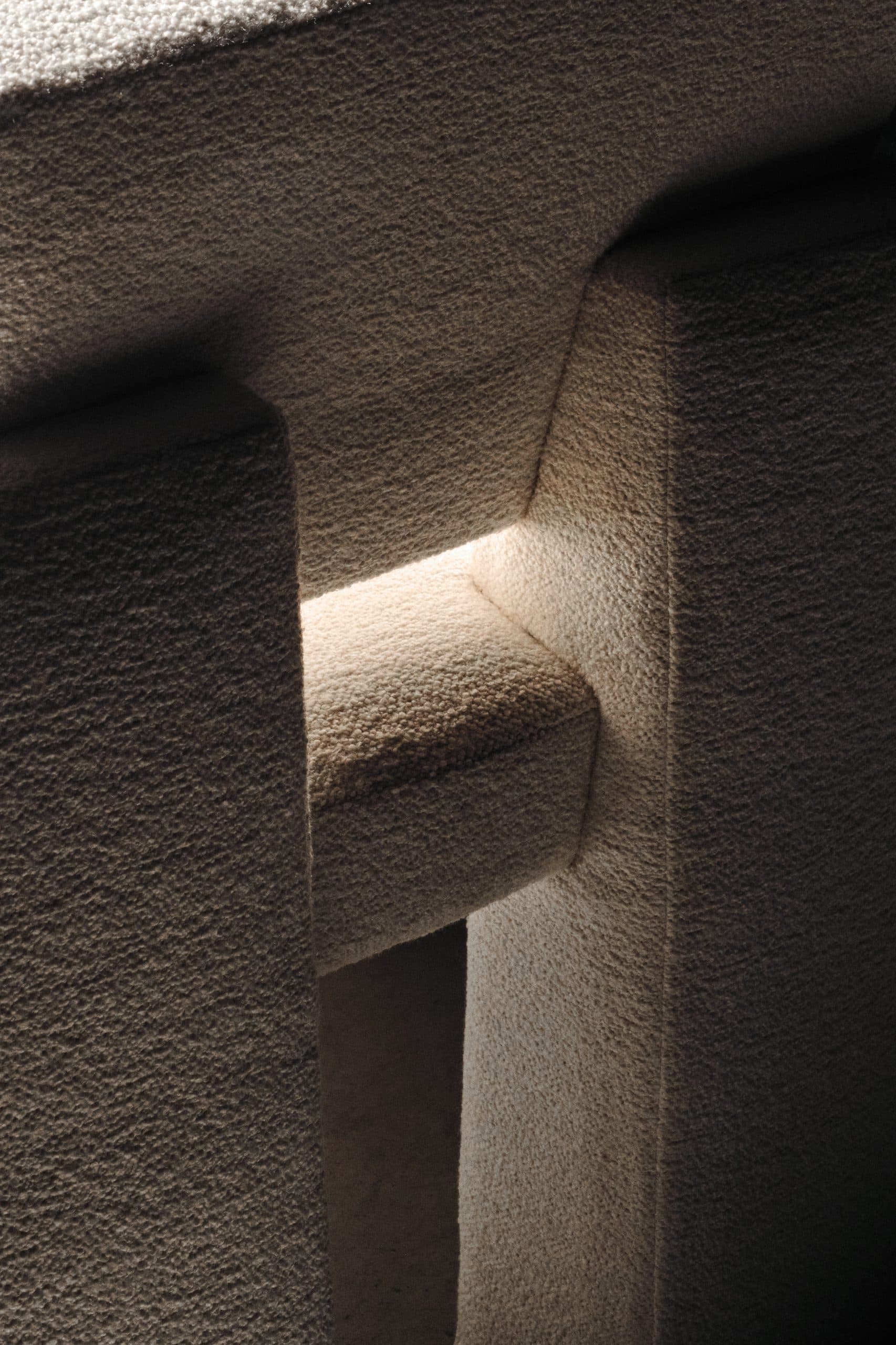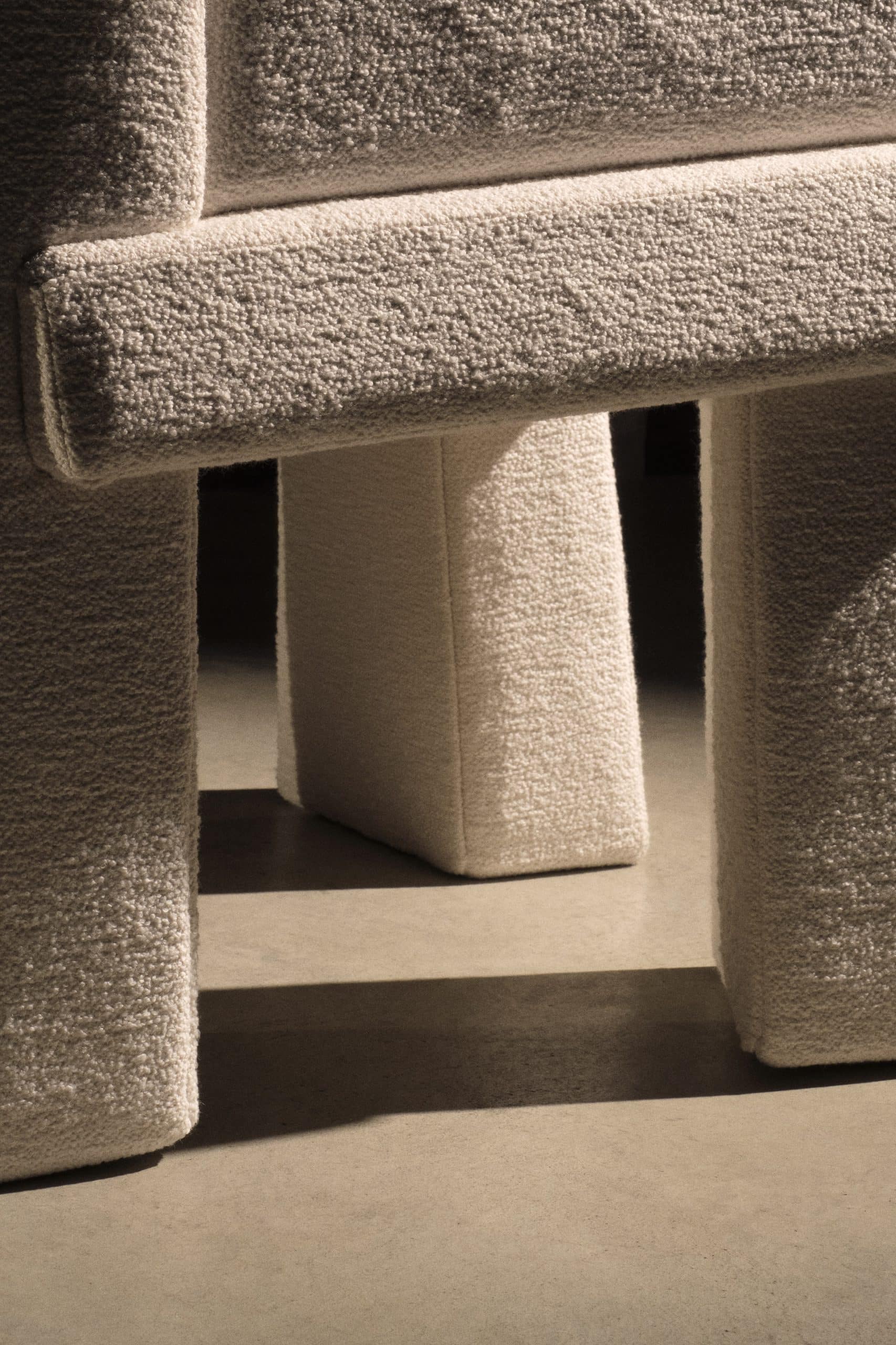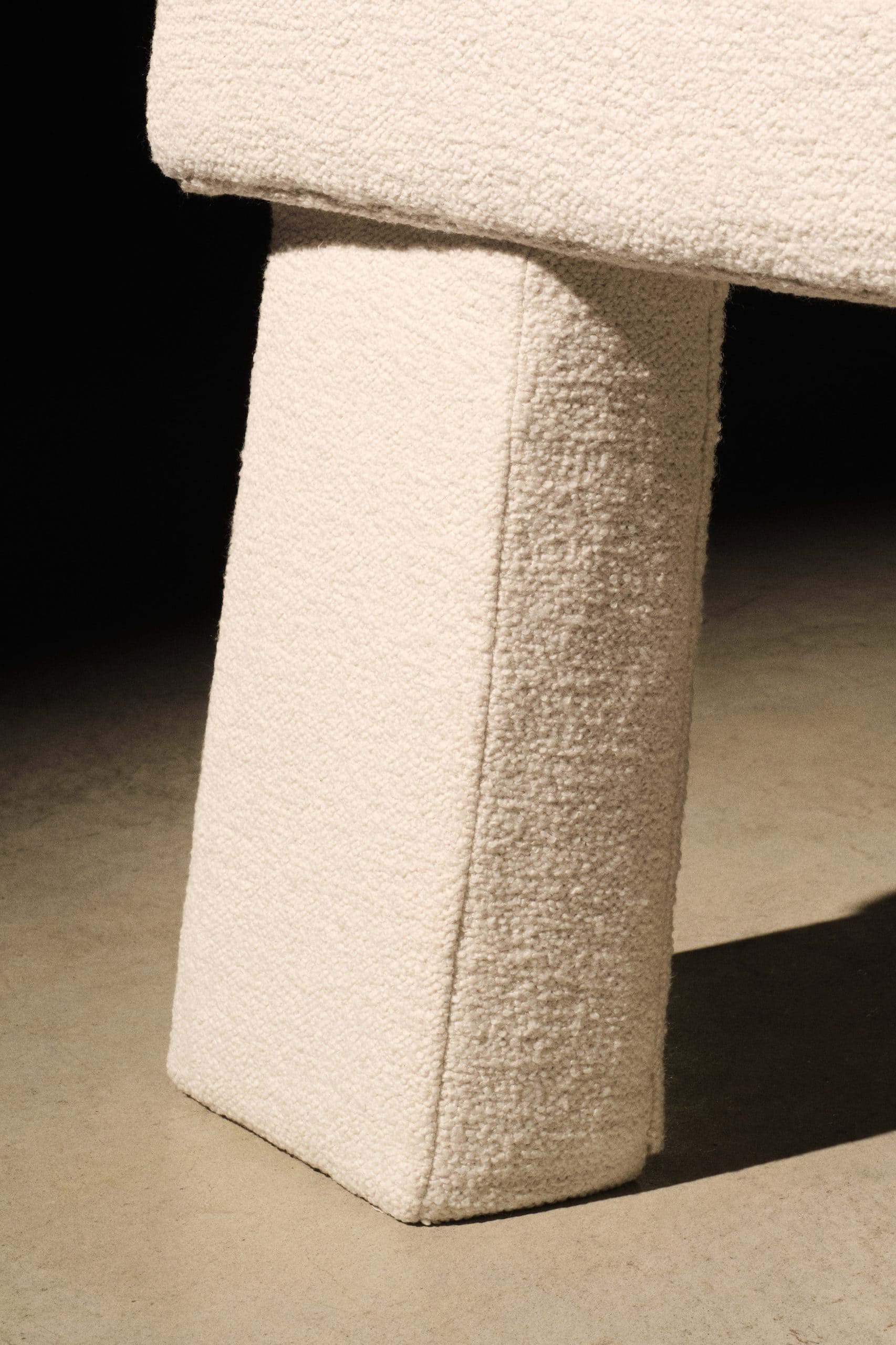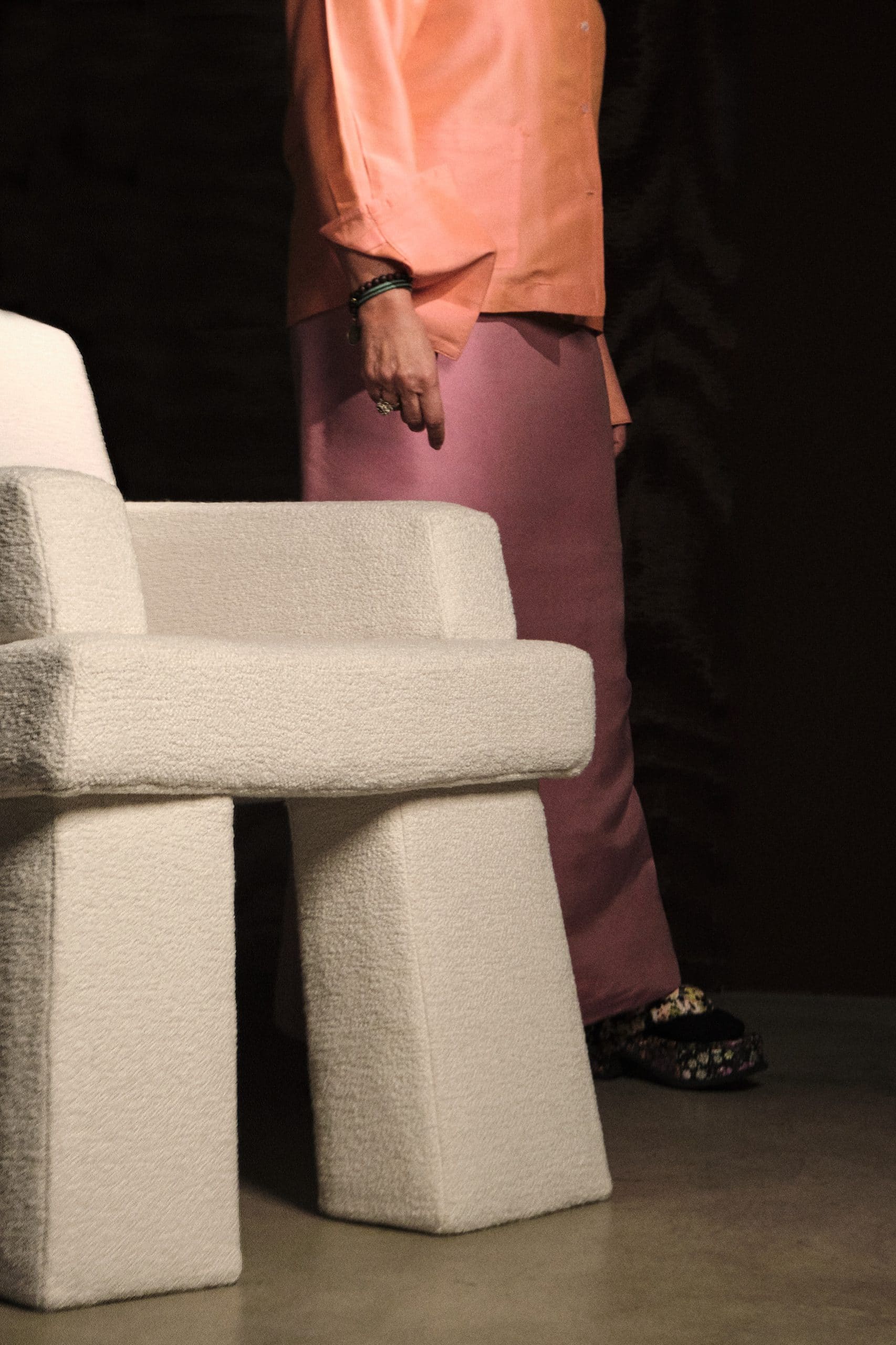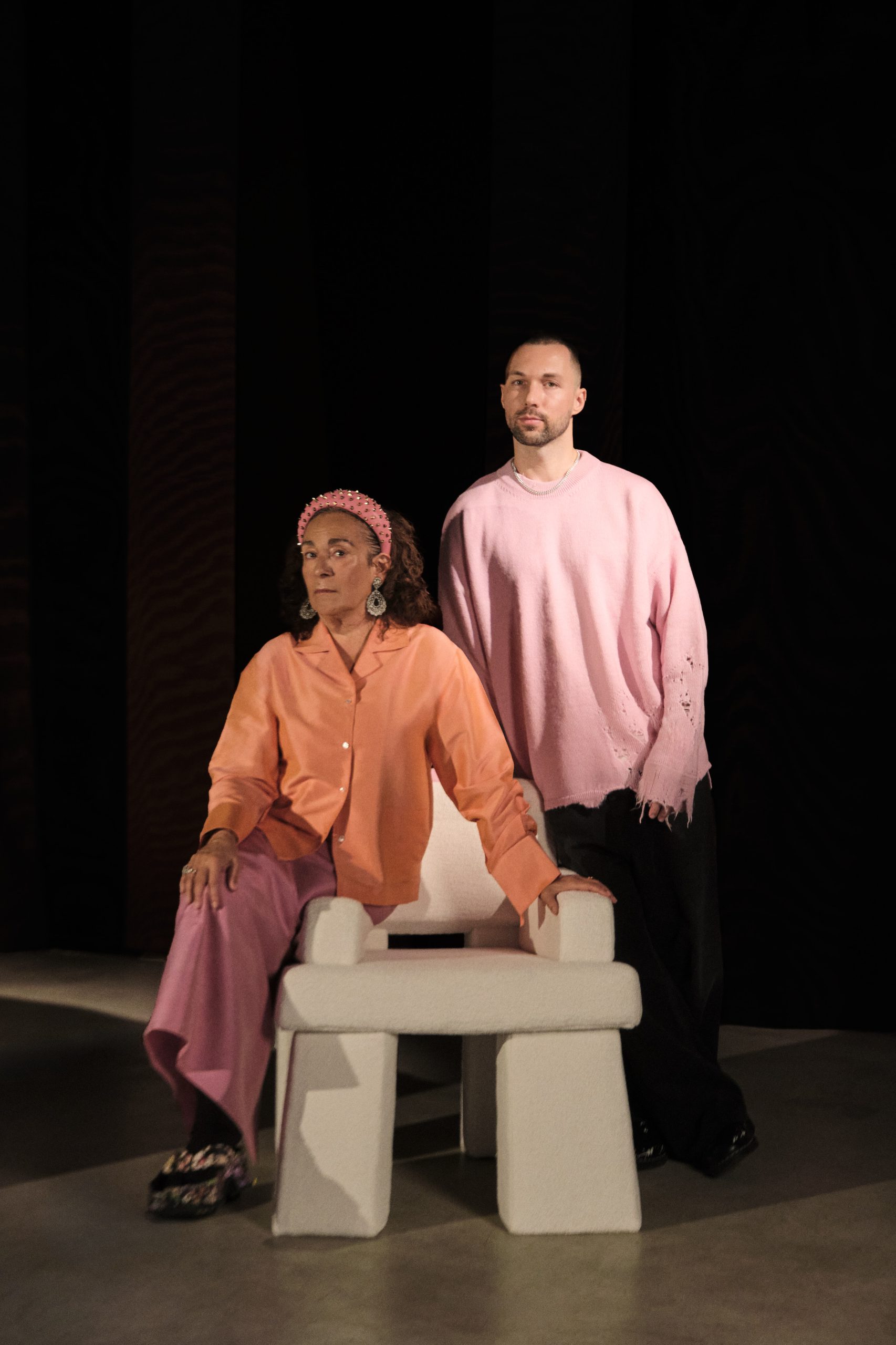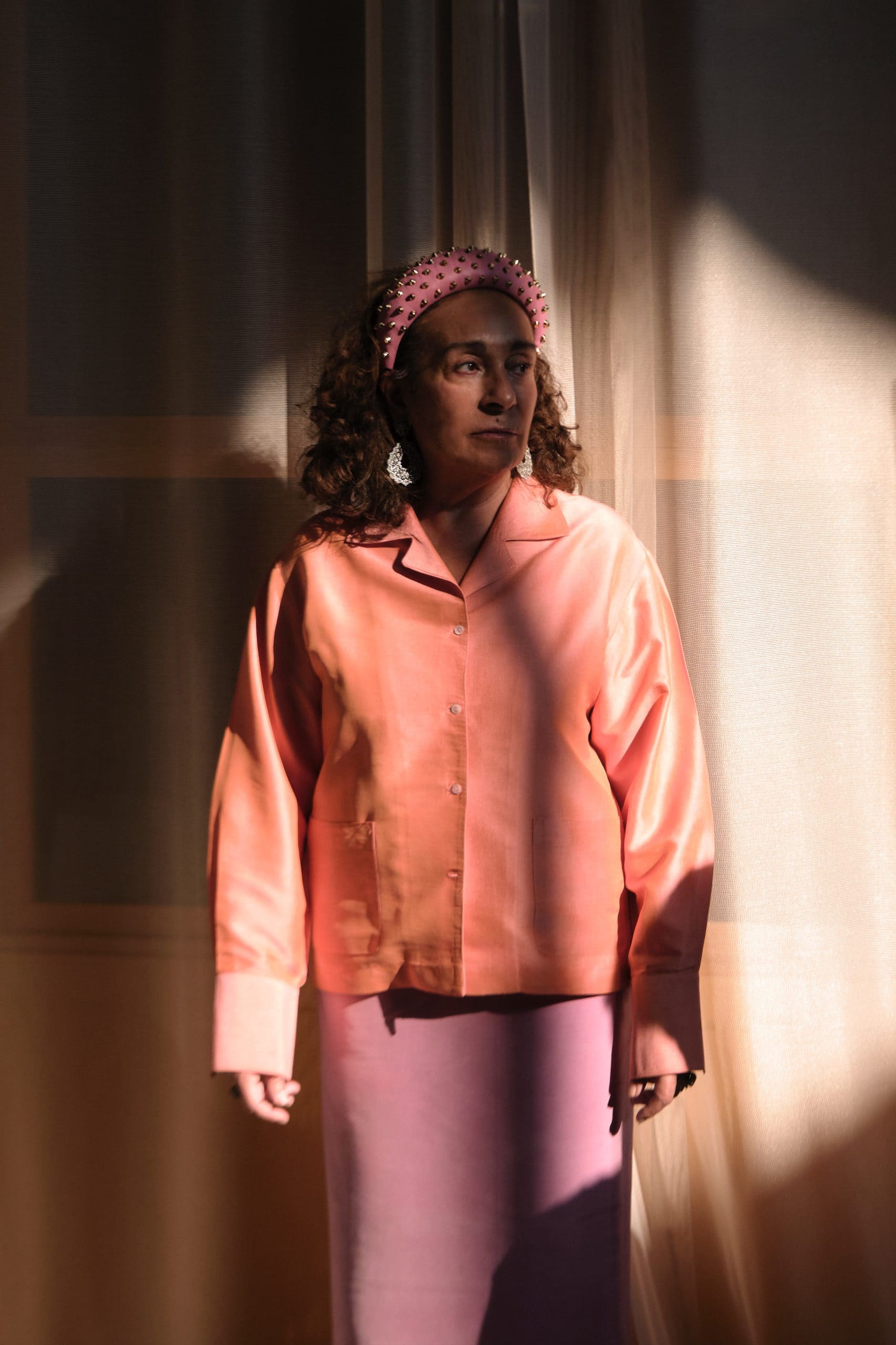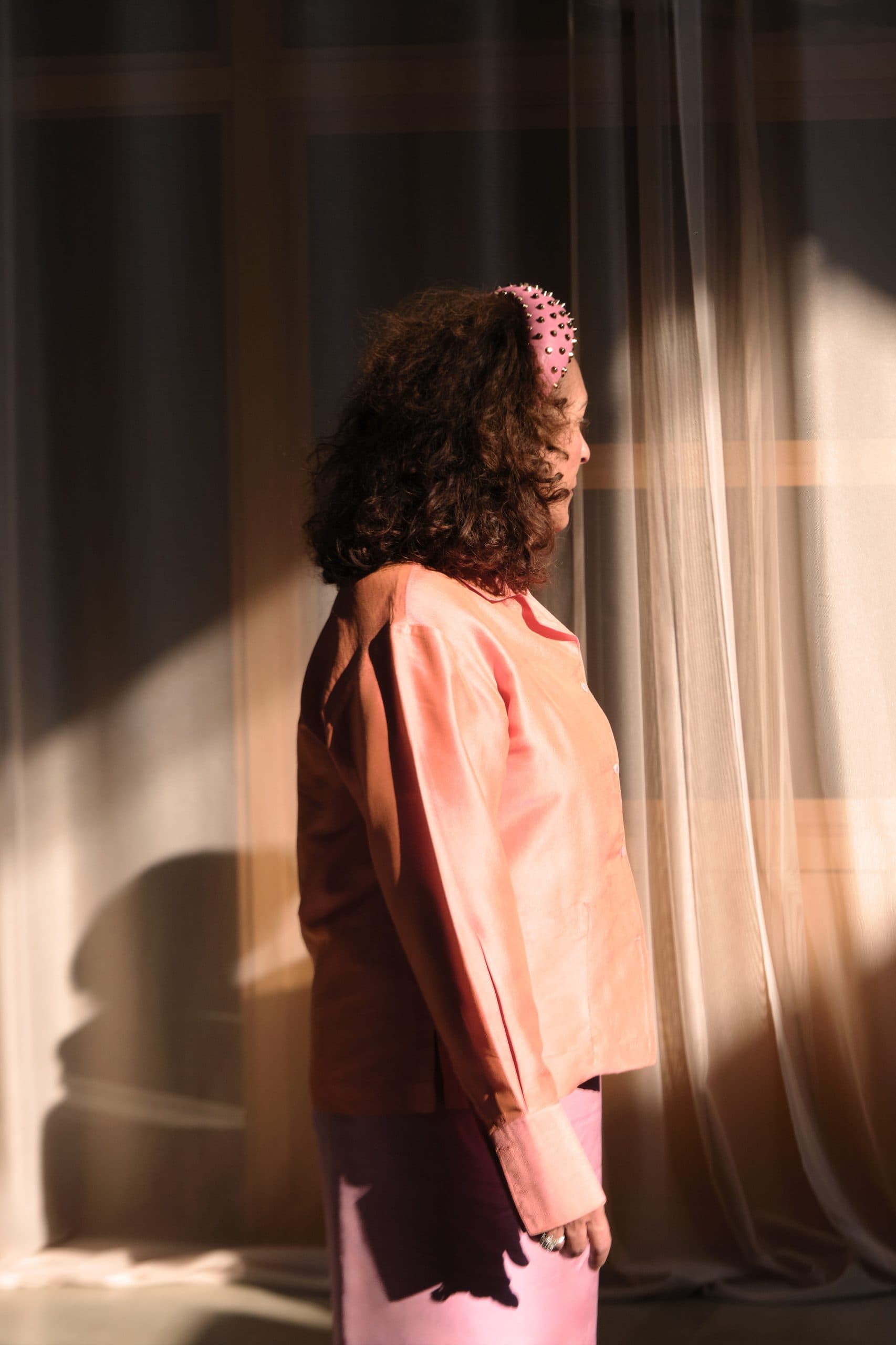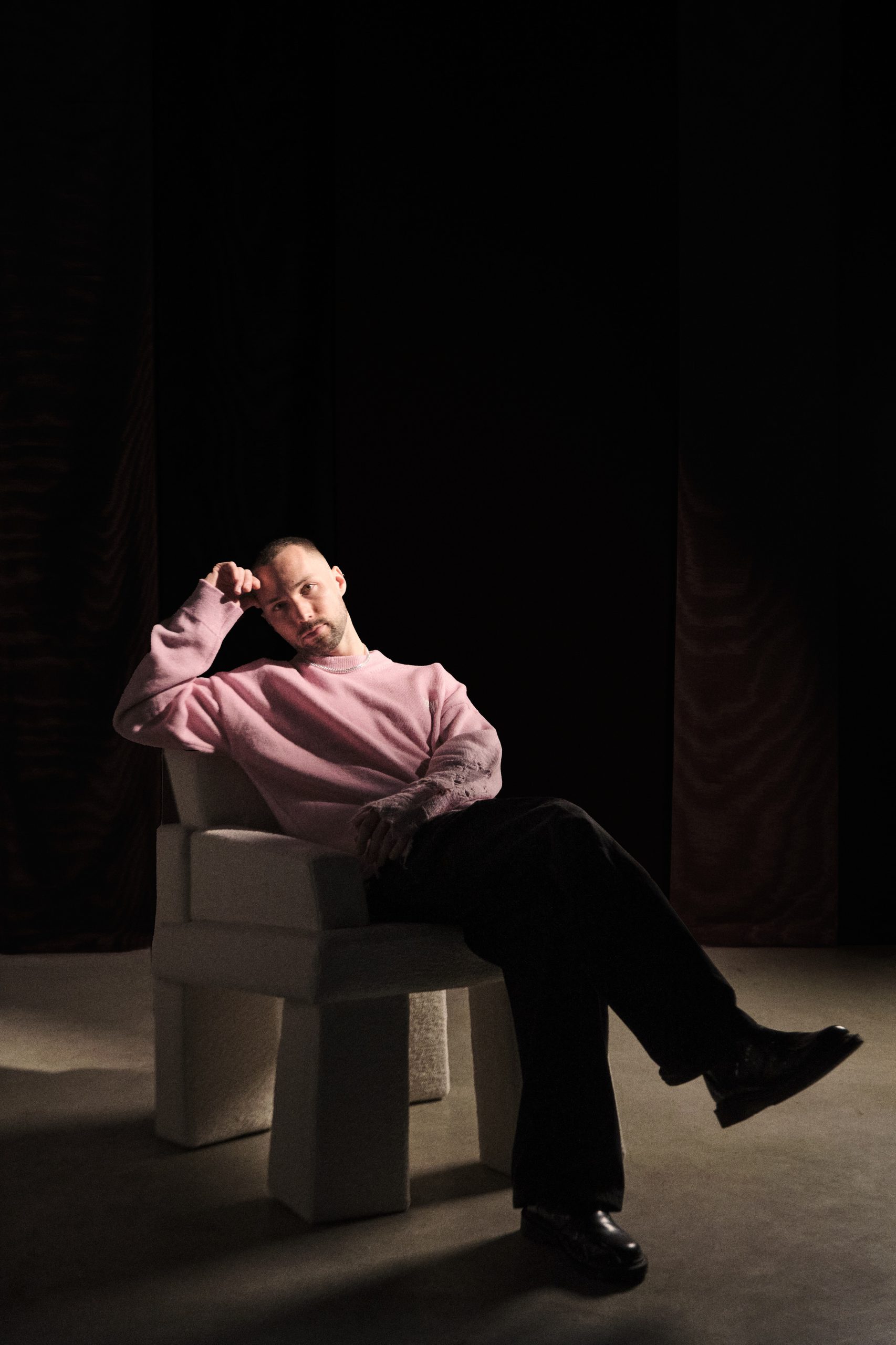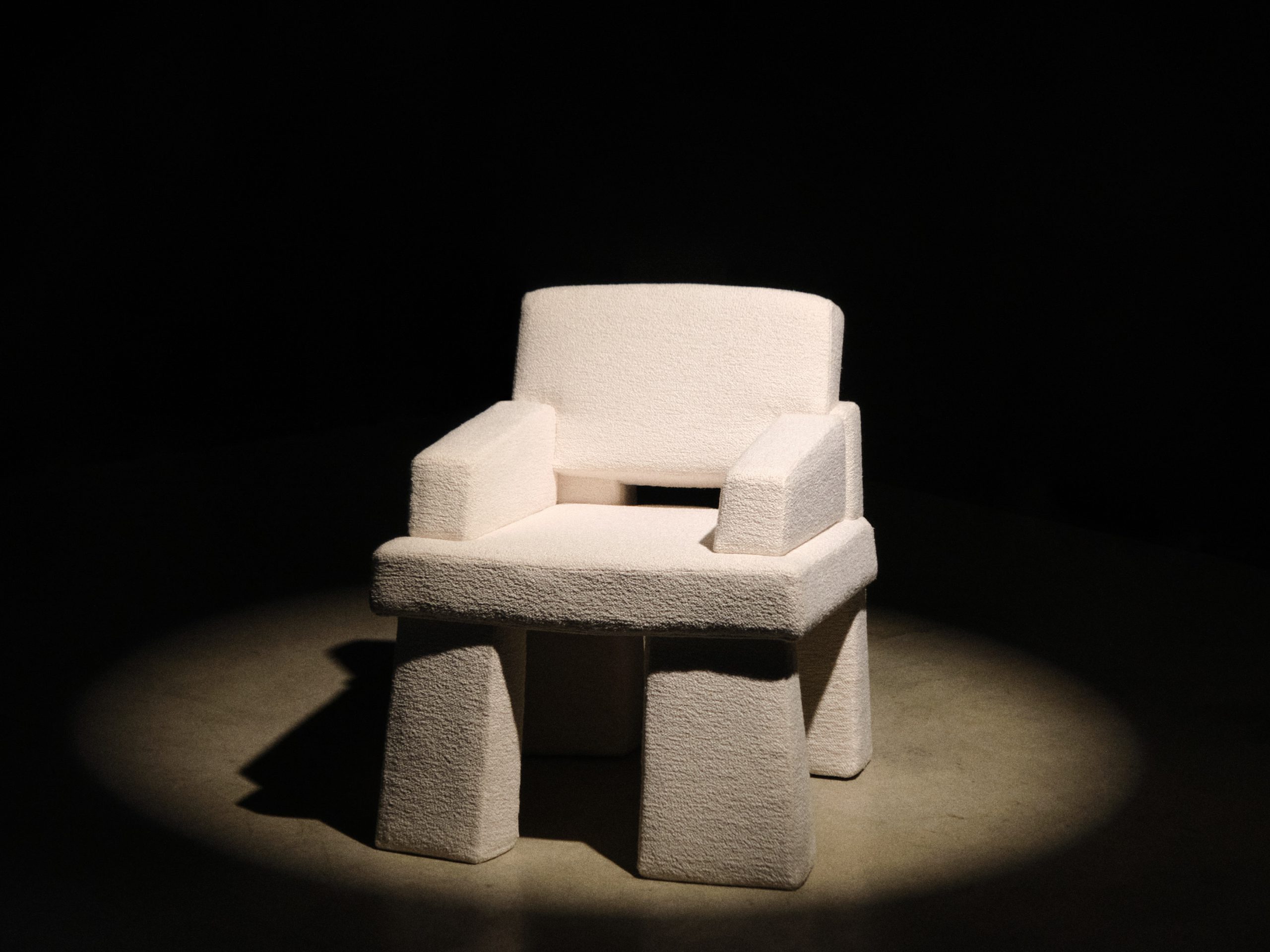As Milan Design Week officially commences for yet another year, individuals worldwide brace themselves (physically and mentally) to welcome the myriad of visual, tactile and auditory stimuli awaiting them. This ever-expanding multitude of things and thoughts is the exact reflection of the nature of contemporary life, constantly demanding our undivided attention and dedication on all fronts. I often ask myself: is it possible to see the entirety of the Louvre? Meaning, can anyone in whole consciousness say they have observed and absorbed every artwork that the museum exhibits? Perhaps on multiple visits and times, but the time that is typically available is too little to truly absorb everything we desire or are expected to. Unfortunately, and simply humanly, there is only so much one mind can process and yet we feel compelled to take in as much as im-possible. But how can we, and actually, should we?
There are creatives dedicating their art to offer a potential remedy to this human frustration. Among them is Argentinian artist Andrés Reisinger–celebrated for having crafted a new space that lives in between the digital and physical spheres, introducing a profoundly contemporary, experiential dimension to art. By capturing, interpreting, and navigating the dynamic complexities of our present day existence, experienced simultaneously in both tangible and virtual realms, Reisinger’s art interrogates the multitude of mediums and happenings that define our contemporary world, all while maintaining his practice grounded in tranquil and profound introspection through meditation. This inherently human pursuit of rejuvenating energy resonated with Nina Yashar, the visionary founder of the trailblazing Milan-based gallery of collectible design, Nilufar. Known for her discerning eye as a talent scout, curator, and custodian of one of the most expansive and captivating design collections spanning from the 1950s to contemporary design, Yashar is intimately familiar with the deluge of colours, shapes, information, cultures, ideas, textures, materials, and minds that inundate her world. Achieving a state of tranquil contemplation seems to remain the ultimate aspiration of us all, particularly within the creative field, and yet the most difficult to achieve.
It comes as no surprise that for Milan Design Week 2024–a, if not the, pinnacle moment in the design world–Nilufar chooses to spotlight Andrés Reisinger’s ‘12 Chairs for Meditation’ at its Viale Lancetti venue, a sprawling cultural space measuring 2000 square meters that opened a few years ago on the outskirts of Milan. The exhibition is intended as an experience, a theatrical narrative encouraging visitors to partake in introspective meditation, temporarily detached from the constraints of time. While showcasing a new collection of chairs (precisely 12) and a striking site-specific mosaic, complemented by a musical composition by Reisinger, the exhibition imposes no demands on the viewer, save for the invitation to pause, reflect, and delve into the inherently human experience of contemplation. The dominant presence of the apple, a symbol embodying both Reisinger’s distinctive motif and earthly temptations, is also meant to instantly resonate with viewers within the space, through its universal language. Recognized as a sanctuary of design, Nilufar’s Viale Lancetti venue has long been revered for housing precious artefacts from around the world and from various epochs: it is no wonder then that ‘12 Chairs for Meditation’ takes place here, beckoning visitors to be present, ponder, and passively embrace the multitude of energies encapsulated within its confines – no more, no less.
In homage to this introspective ethos, this text does not want to burden ourselves (both writer and reader) with excessive words. Instead, it adopts an absent-minded approach to create room for our minds to wander and foster deeper engagement, embracing Reisinger and Yashar’s call to momentarily disconnect in order to truly connect. An artistic essay by Argentine philosopher and critic Florencio Noceti on the exhibition, along with reflections from Reisinger himself, afford the opportunity to prompt contemplation on the many personal, and universal, tranquil dimensions of art.
The Way Back by Argentine philosopher and critic Florencio Noceti
“Like Plato, Novalis and many others, Andrés Reisinger seems to know that meditation and the search for wisdom are unraveling processes leading back to the earliest beginnings. At the base of his latest installation, a dozen empty chairs act as physical reminders of human presence in a space for contemplation. Exactly a dozen. No more. No less. Twelve, he knows, is a superior highly composite number that has represented perfection and cosmic balance in our traditions since early antiquity. The Twelve Olympians are the principal gods of the Pantheon. And the Twelve Tribes of Israel are reflected in the Twelve Apostles of Christianity. This convergence of archaic Greek and Hebrew sources also crowns Reisinger’s installation in the form of twelve alluring apples floating in the sky [here, Noceti references the large site-specific 6m x 6m mosaic, where twelve levitating apples are prominently displayed, created by Reisinger as part of the exhibition at Nilufar], above the Twelve Chairs for Meditation. They evoke for us the forbidden fruit that according to the Bible our first ancestors took from the tree of knowledge in the Garden of Eden. Timeless symbols of wisdom and temptation.
In the book of Genesis, however, the fruit eaten by Adam and Eve remains unnamed. It only became the shining red apple we so easily recognise today under the influence of the many stories of golden apples that so profusely figure throughout Greek Mythology. This identification might have also been an aesthetic choice, as much as a cultural one: Carobs, quinces and citrons have been mentioned as alternative possibilities for the unidentified fruit of Eden, but it is hard to picture any of them in the place occupied by apples in so many masterpieces by the likes of Cranach, Brueguel and Rubens. Reisinger’s apples–in any case–are not made of brush strokes in a painting, like his illustrious predecessors’ were, but of pixels in computer generated images. And interestingly enough, the return journey marked by his Twelve Chairs…doesn’t stop at thought and symbolism. Careful spectators will realise that the pixels have become glass tiles in delicate Venetian mosaics, in as much as the algorithmic musical compositions that accompany them are played on vintage vinyl records, [here, Noceti references the musical composition created by Reisinger to complement the exhibition at Nilufar, and that will be played on vinyls echoing throughout the space of the Viale Lancetti venue], so that the artist’s invitation to join his meditated regress involves even the material details of the installation.”
A collection of thoughts on Twelve Chairs for Meditation by Andrés Reisinger
Introspection within the realm of artistic experiences
Spirituality and introspection serve as conduits to the soul, allowing artists to tap into the vast reservoir of the unified field. This nexus lies in the transformative power of art to make visible the invisible, weaving the abstract notions of emotion and thought into tangible forms. Through this lens, art becomes an extension of the artist’s spiritual and introspective journey, offering a mirror to the viewer’s own soul.
Art and contemplation
Art beckons viewers into a silent dialogue, inviting them to traverse beyond the surface to the depths of contemplation. This reflective process not only deepens the appreciation of aesthetic beauty but also nurtures a profound understanding of the complexities of the human condition, fostering empathy and a shared sense of existence.
The essence of an artistic experience
Creating an artistic experience is akin to orchestrating an intimate conversation with the viewer. This endeavor is vital for it transforms passive observation into active participation, inviting the audience to journey through their own internal landscapes. The intention behind this is to evoke introspection, to stir the soul, and to kindle a transformative experience that lingers beyond the temporal engagement with the art.
Energy
The most profound energy in my art is connection—the visceral, almost ethereal sense of oneness with the universe and its inhabitants, manifesting in moments of love, despair, and transcendence.
Coexistence of the past, present and future
My art exists in the interstice between memory and possibility, drawing from the past to illuminate the present and envision the future. It is intended to live in the dimension of ‘timeless now,’ a confluence of all moments, where each piece becomes a nexus through which past, present, and future dialogues, offering a reflection on the continuum of human experience.
